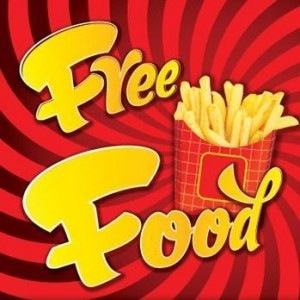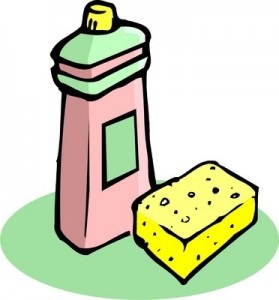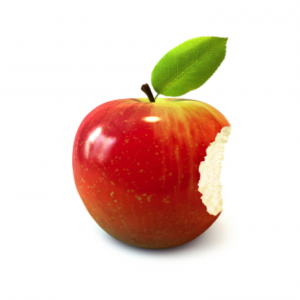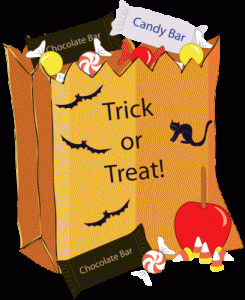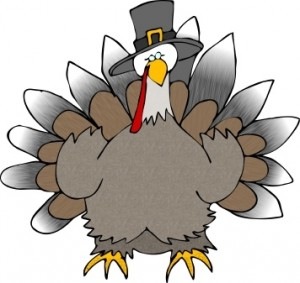 The Bird And The Berry
The Bird And The Berry
Turkeys and cranberries, part and parcel of our modern Thanksgiving (and Christmas) menus, are both native to the Americas.
About 46 million turkeys landed on US dinner tables last Thanksgiving, around 736 million pounds of turkey meat. US farmers produce 735 million pounds of cranberries, 1.9 billion pounds of sweet potatoes and 931 million pounds of pumpkins.
Thanksgiving “Food Coma”
Urban myth is to blame the bird for your Thanksgiving “food coma.” Wrong. You may have post-meal fatigue, but the turkeys are getting a bad rap. The amount of sleep-inducing tryptophan in most turkey meals isn’t responsible for your coma-like state – blame the number of calories, the booze, and your relaxed state instead.
What Was on the First Thanksgiving Menu?
American Indians, Europeans, and cultures around the world often feasted to celebrate the harvest and to thank the higher powers for sustenance and survival.
We know that the first Thanksgiving dinner in the Plimoth (Plymouth) Colony, in October 1621 in what is now Massachusetts, was attended by about 50 English colonists and 90 Wampanoag American Indian men.
The Wampanoag killed five deer, the colonists shot wild fowl, and maybe some geese, ducks, or turkey. Some form of Indian corn was served and probably supplemented with fish, lobster, clams, nuts, wheat flour, pumpkin, squash, carrots, and peas. They were true seasonal eaters and it was harvest time.
Was The First Thanksgiving The True Thanksgiving?
Although the 1621 Plimoth Thanksgiving is thought of as the first Thanksgiving, it was really a harvest celebration. The first “real” Thanksgiving didn’t happen until two centuries later. (In the 17th century a day of Thanksgiving was actually a day of fasting.)
What is known about the three day Plimoth gathering comes from a letter written by Edward Winslow, a leader of the Plimoth Colony in 1621. It had been lost for 200 years and was rediscovered in the 1800s.
In 1841 Alexander Young, a Boston publisher, printed Winslow’s description of the feast and called it the “First Thanksgiving,” which caught on.
In 1863 President Lincoln declared Thanksgiving Day a national holiday. The current date for the observance of Thanksgiving, the fourth Thursday of November, was established in 1941 by President Franklin Roosevelt.
